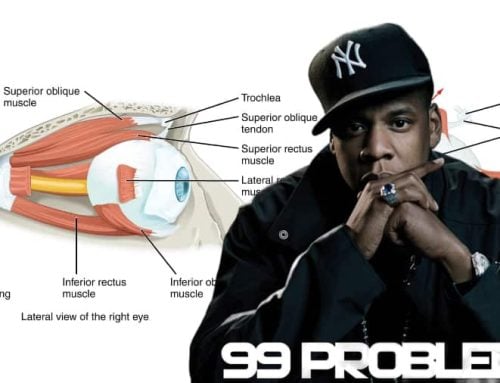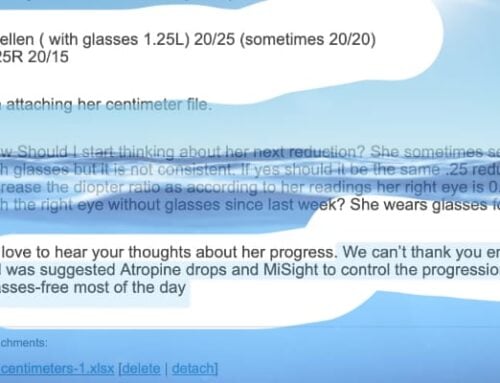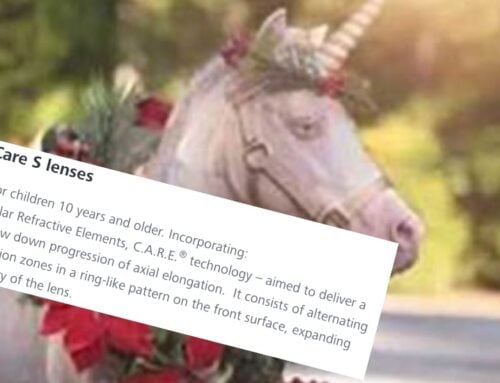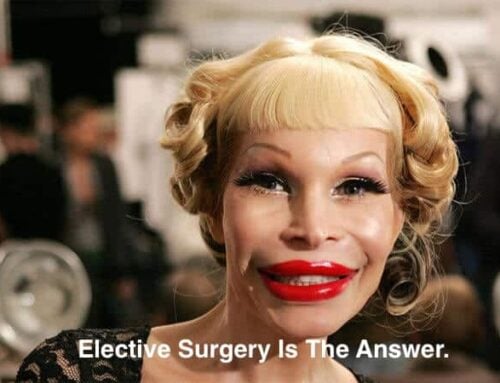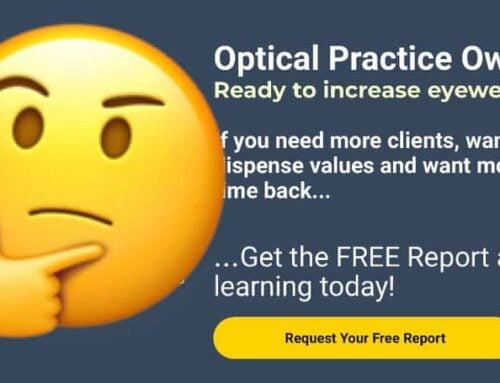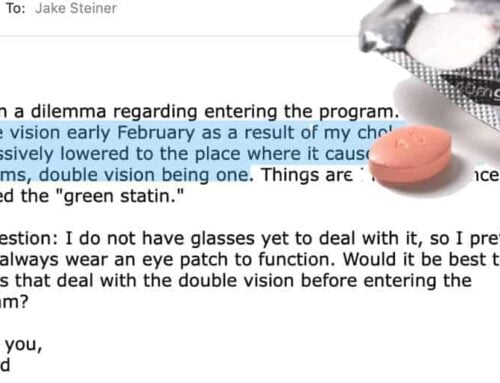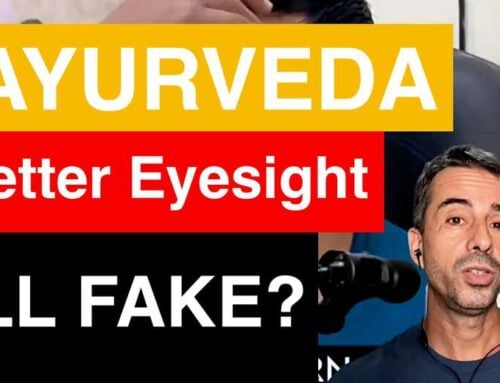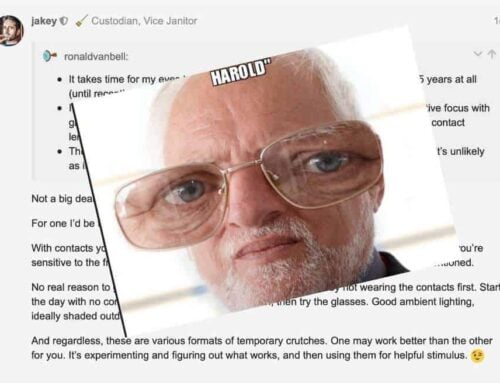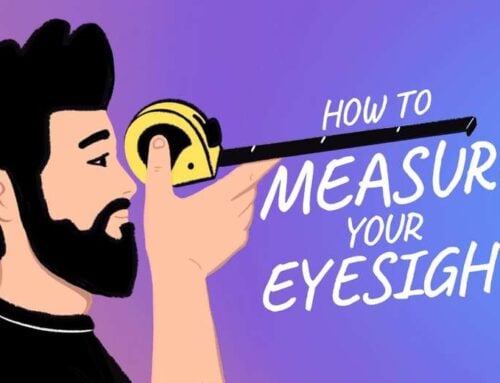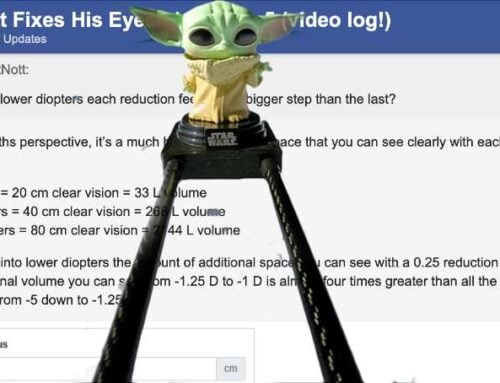Written By Despina
Contributing Optometrist
As I keep saying, I love my contact lenses. They have served me well for over 30 years now. All types. I started with hard lenses, that’s how desperate I was to be rid of glasses, the permanent redness winning hands down. I then progressed to gas permeables, and then, comfort at last with soft and disposable lenses. They have seen me through life until middle age quite successfully with no major hiccups or interesting stories.
Recently, though, I am sadly less enamoured with them. I find myself taking them out earlier and earlier due to dryness, discomfort and resulting redness. I’m sure some of this is due to my glaucoma drops and changing consistency of the tears. But 30 years with a foreign body sitting on a cornea is bound to make it complain.
The cornea is our eye’s window. A strong and durable clear layer that controls and focuses light entering the eye, and shields it from dust, germs and other harmful matter. Any damage to the cornea will affect it’s transparency, so affecting vision.
Since the cornea is avascular ie. it has no blood vessels running through it, it must obtain it’s oxygen supply from elsewhere. Any obstruction of these will cause reduced oxygen supply.
Firstly, it obtains oxygen from the atmosphere. But however permeable to oxygen contact lenses are, they will deprive the cornea of oxygen to a certain extent. Secondly, oxygen from the eye’s tears supplies the cornea. There are many causes of reduced tear production including over-wear of contact lenses, insufficient blinking, hormonal changes, certain medications, smoking and alcohol. Or it may just be that the delicate balance of tear production is affected by a contact lens in the eye.
So once the cornea starts to be deprived of oxygen, whatever the cause, and early symptoms are not identified and dealt with, we risk developing long-term changes, such as:
- corneal thinning- this puts us at greater risk of developing glaucoma, as well as causing an unrealistically low reading of eye pressure so that glaucoma may go unnoticed.
- decreased corneal sensitivity-this will reduce our awareness of a foreign body in our eye such as dust or bacteria, giving it more time to cause damage to the cornea.
- neovascularization- new blood vessels start growing into the cornea in an attempt to supply it with oxygen. This can cause scarring and swelling, resulting in loss of transparency and possibly ulceration.
- polymegathism/ pleomorphism- change in corneal cell size and shape, leading to swelling and clouding.
Reducing wearing time will slow down the progression of any of these changes, as will lubricating the eye with artificial tears ( make sure they are for use with contact lenses in situ). Also, removing your lenses and hydrating them in your solution for at least 10 minutes during the day will make them much more comfortable for the rest of the day. Lastly, make sure your lenses have the highest oxygen permeability possible.
This week my friendly optometrist confirmed a reduction of 0.75 in my myopia. My first major reduction! There is light at the end of the tunnel.. will I be saying goodbye to contact lenses soon?☺️




